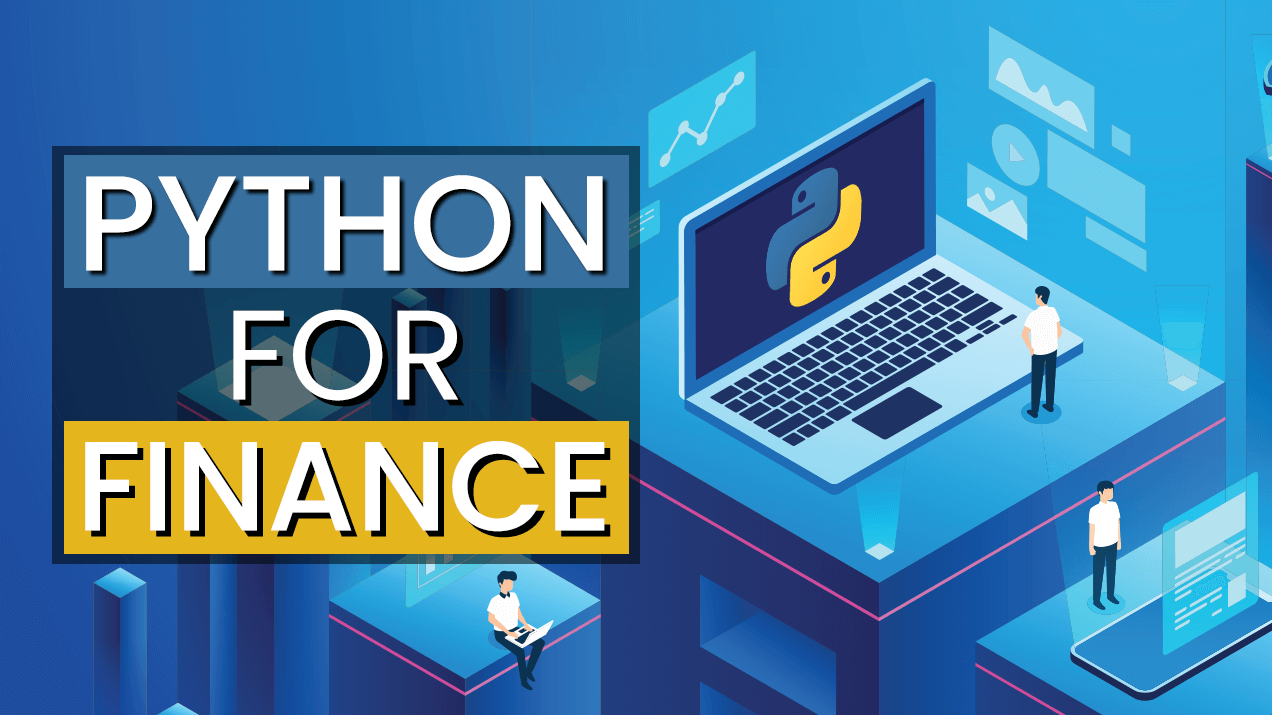“Automate Financial Analysis and Gain a Competitive Edge” .
Python for Finances
An intensive course designed to help finance professionals automate financial analysis and gain a competitive edge. Learn how to use Python for data manipulation, visualization, time series analysis, financial modeling, portfolio optimization, machine learning, and algorithmic trading.
Lesson Plan
Workshop 1: Introduction to Python for Finances.
- Overview of Python and its applications in finance.
- Setting up a Python development environment (e.g., installing Python and a code editor).
- Basic Python syntax and data types with examples of finance applications.
Workshop 2: Data Manipulation with Pandas.
- Introduction to pandas library for data manipulation.
- Loading and cleaning financial data from various sources.
- Manipulating data with pandas and calculating financial indicators.
Workshop 3: Data Visualization with Matplotlib and Seaborn.
- Introduction to Matplotlib and Seaborn for data visualization.
- Creating financial charts such as stock price charts, candlestick charts, and heatmaps.
- Customizing charts for better presentation with labels, colors and other options.
Workshop 4: Time Series Analysis.
- Introduction to time series analysis and its applications in finance.
- Understanding time series data and their characteristics.
- Analyzing and visualizing time series data using Python libraries.
Workshop 5: Financial Models with NumPy.
- Introduction to NumPy library for numerical computing.
- Implementing financial models such as Black-Scholes-Merton option pricing model and Monte Carlo simulation.
- Analyzing and interpreting the results of financial models.
Workshop 6: Portfolio Optimization.
- Introduction to portfolio optimization and its applications in finance.
- Understanding portfolio risk and return.
- Using Python libraries to optimize portfolios and analyze the results.
Workshop 7: Machine Learning for Finance.
- Introduction to machine learning and its applications in finance.
- Supervised and unsupervised learning techniques for financial data analysis.
- Using Python libraries such as scikit-learn to build financial models.
Workshop 8: Trading Strategies with Python.
- Introduction to trading strategies and their implementation using Python.
- Algorithmic trading and its advantages and disadvantages.
- Using Python libraries such as backtrader to backtest and evaluate trading strategies.
Workshop 9: Deploying Python Applications in Finance.
- Introduction to deploying Python applications in finance.
- Web applications for financial data analysis and visualization.
- Best practices for deploying Python applications in finance.

